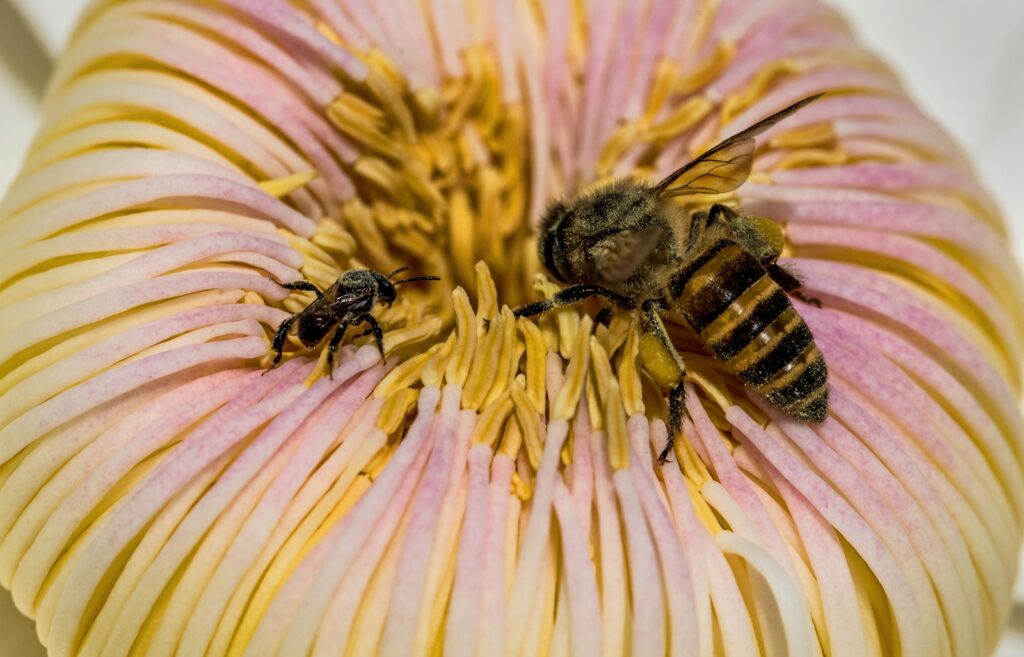In the grand theater of nature’s recycling system, insects play a starring role that often goes unnoticed and underappreciated. When an animal dies in the wild or even in urban settings, its body doesn’t simply disappear. Instead, a remarkable process of decomposition begins—a process in which insects serve as nature’s primary cleanup crew. These small but mighty decomposers arrive in waves, each species with its own specialized role in breaking down organic matter and returning vital nutrients to the ecosystem. From flies that can detect death from miles away to beetles that specialize in consuming dried skin and tendons, the insect world’s relationship with death represents one of nature’s most efficient and fascinating systems. This intricate process, known scientifically as entomological decomposition, not only prevents the buildup of carcasses in our environment but also accelerates the recycling of nutrients that sustain new life.
The Decomposition Process: Nature’s Recycling System
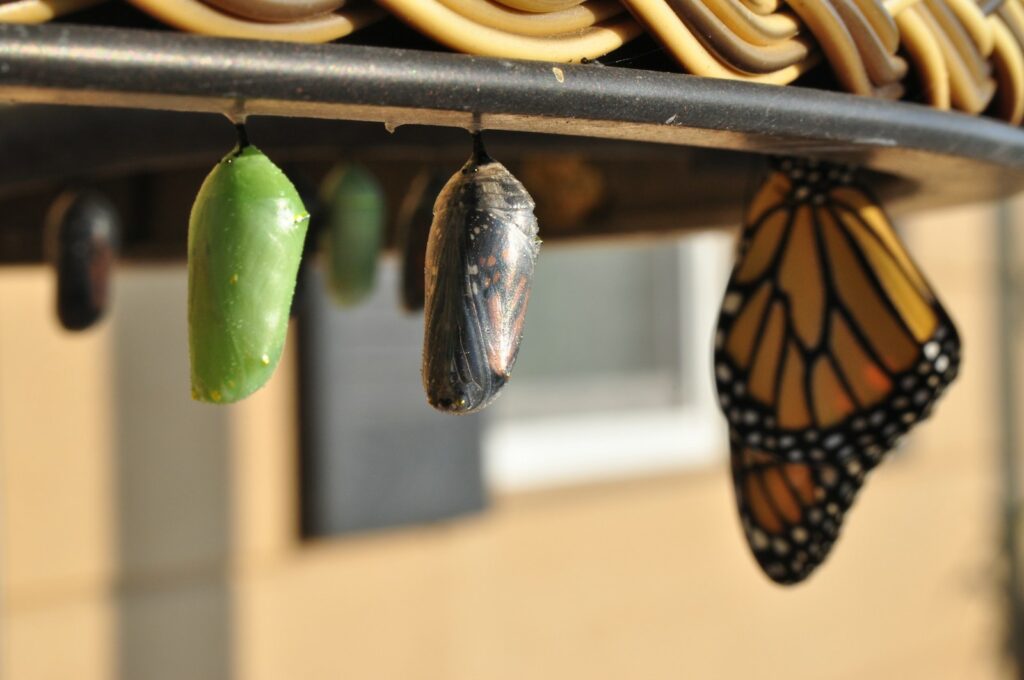
Decomposition begins the moment life ends, when cellular breakdown initiates a cascade of chemical processes releasing compounds that attract the first insect visitors. This natural recycling system progresses through several predictable stages—fresh, bloat, active decay, advanced decay, and skeletal—each characterized by distinct physical changes and insect communities. Without these decomposers, dead organic matter would accumulate, creating potential disease reservoirs and preventing the release of essential nutrients back into the soil. The efficiency of this system is remarkable—in warm conditions, insects can reduce a medium-sized mammal carcass to bones in just a few weeks, a process that might otherwise take months or years. This rapid recycling maintains ecosystem balance and demonstrates nature’s elegant solution to waste management.
The First Responders: Blowflies and Flesh Flies
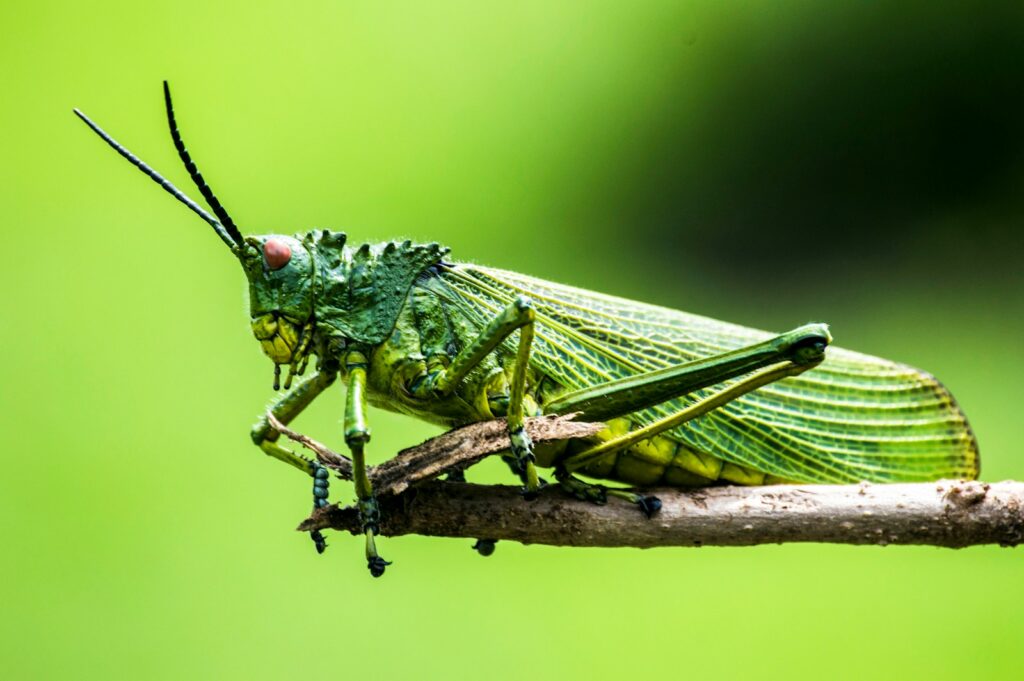
Within minutes after death, the first insect colonizers typically arrive in the form of Calliphoridae (blowflies) and Sarcophagidae (flesh flies), drawn by the distinctive odors of early decomposition that their highly sensitive olfactory receptors can detect from remarkable distances. These flies possess specialized chemoreceptors that can detect death-related volatile compounds at concentrations as low as a few parts per trillion, making them nature’s most efficient death detectors. Female flies immediately assess the carcass for its suitability as a nursery, seeking moist tissues around natural body openings like eyes, nose, mouth, and wounds where they can deposit their eggs or, in the case of flesh flies, their already-hatched larvae (maggots). A single female blowfly can lay hundreds of eggs in multiple batches, ensuring a substantial workforce of decomposers will soon emerge to begin processing the carcass tissue. These first colonizers effectively serve as beacons for other decomposers, creating a biological signal that announces the presence of a valuable but temporary resource.
The Maggot Mass: Nature’s Digestive System
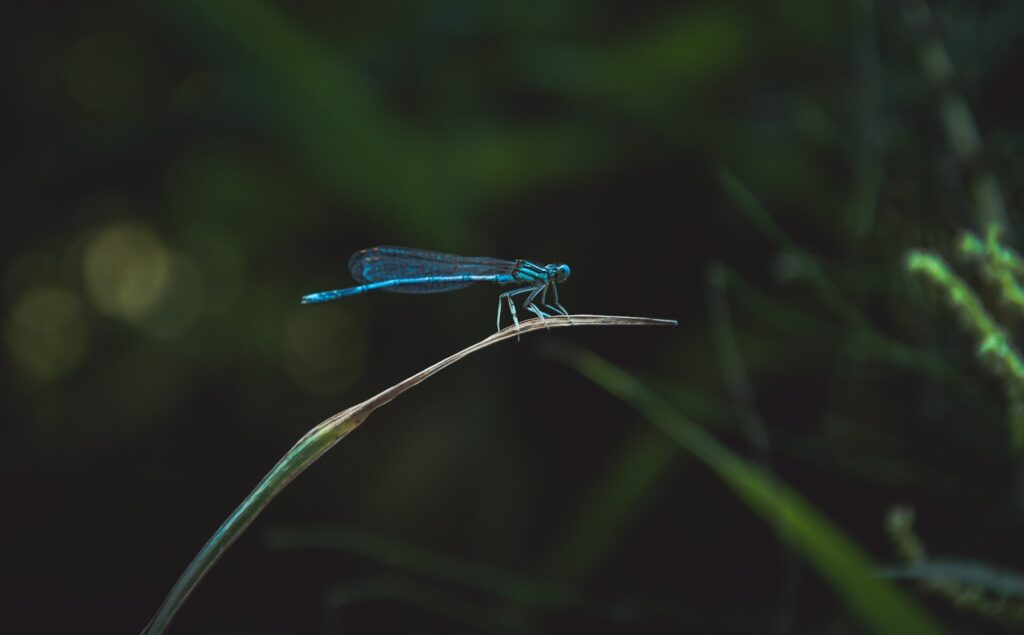
Perhaps the most efficient decomposers in the insect world are fly larvae, commonly known as maggots, which emerge from eggs within hours of deposition and immediately begin their crucial work. These specialized decomposers secrete powerful digestive enzymes that break down tissues externally before consuming the liquefied results, essentially turning the carcass into a massive external stomach. As their numbers increase, maggots form a writhing, heat-generating mass that can raise localized temperatures by up to 30°C above ambient conditions, accelerating decomposition through thermochemical reactions. This “maggot mass effect” creates a microenvironment that optimizes decomposition efficiency and allows the larvae to process tissues more rapidly than would otherwise be possible. The movement of thousands of larvae also aerates the decomposing tissues, preventing anaerobic conditions and further accelerating the breakdown of complex organic compounds into simpler substances that will eventually enrich the soil.
Beetles: The Specialized Cleanup Crew

Following the initial wave of flies, various beetle families arrive to fulfill specialized roles in the decomposition process, with each family exploiting different resources within the carcass. Silphidae (carrion beetles) and Staphylinidae (rove beetles) often arrive during early decomposition, where they not only feed on the decaying tissues but also prey upon fly eggs and larvae, serving as both decomposers and population controllers. As decomposition progresses, Dermestidae (hide beetles) specialize in consuming dried skin, ligaments, and other desiccated tissues that remain after the soft tissues have been processed by maggots. In the final stages, Cleridae (checkered beetles) and Trogidae (skin beetles) arrive to exploit the dried remains, keratin, and other proteins that previous decomposers couldn’t process. This succession of beetle specialists ensures that virtually every component of the carcass is efficiently utilized, leaving little waste in nature’s recycling system.
Ecological Succession: The Waves of Insect Arrivals

The decomposition of a carcass represents a remarkable example of ecological succession, where distinct communities of insects arrive, exploit resources, and depart in predictable waves that correspond to the changing condition of the remains. Forensic entomologists recognize at least five main waves of arthropod succession, beginning with the necrophagous species (tissue feeders) like blowflies and flesh flies that consume fresh tissues. The second wave brings predators and parasites that feed not on the carcass but on the primary colonizers themselves, creating a complex food web centered on the decomposing resource. As decomposition advances, omnivorous species like ants and some beetles arrive to exploit both the remaining tissues and the bounty of other insects present. Later waves include fungus feeders that consume molds growing on the increasingly dry remains, followed finally by scavengers that process hair, dried skin, and other resistant materials. This predictable succession pattern is so reliable that forensic scientists can estimate time of death by identifying which insect communities are present on a body.
Ants: The Opportunistic Scavengers
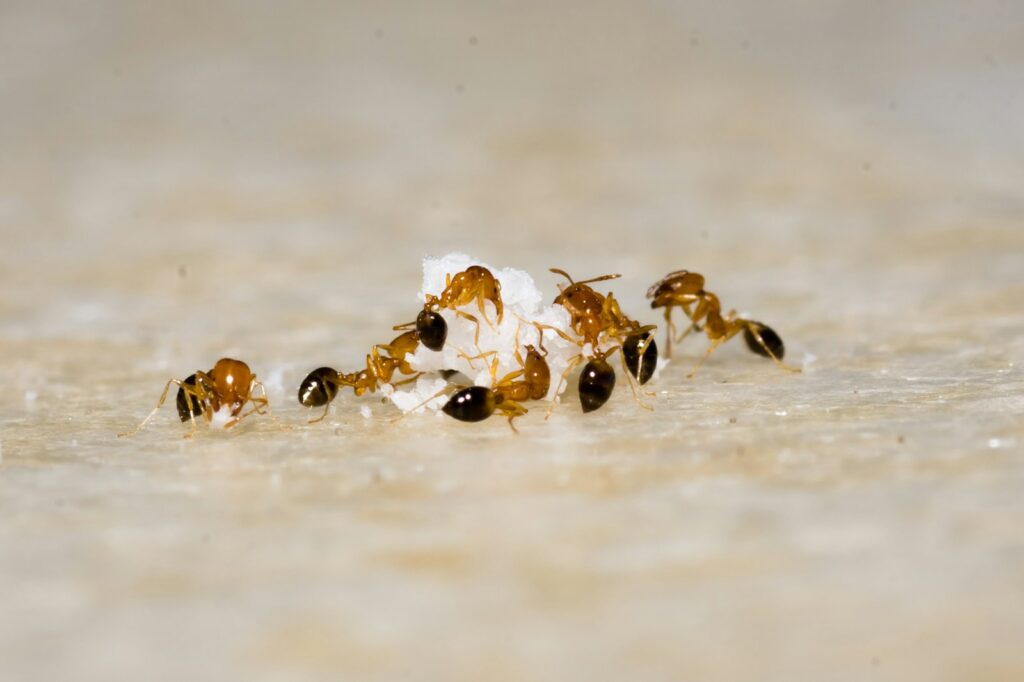
While they may not specialize in decomposition like flies and carrion beetles, ants represent some of the most important opportunistic scavengers in many ecosystems, capable of significantly accelerating the dismantling of small carcasses. These social insects employ scout-and-recruit systems that allow them to rapidly mobilize hundreds or thousands of workers to exploit a discovered carcass, sometimes removing remarkable amounts of tissue within hours. Different ant species employ various strategies when encountering carcasses: some focus on consuming soft tissues, others specialize in cleaning skeletal remains, while some even transport pieces of the carcass back to their colonies to feed developing larvae. In certain environments, particularly in tropical and subtropical regions where ant diversity and abundance are high, these insects can compete significantly with flies for decomposition resources, sometimes even preventing flies from successfully colonizing small carcasses. The efficiency of ants as decomposers is particularly evident in arid environments, where they may process carcasses more quickly than the moisture-dependent fly larvae.
Insect Decomposers in Different Ecosystems
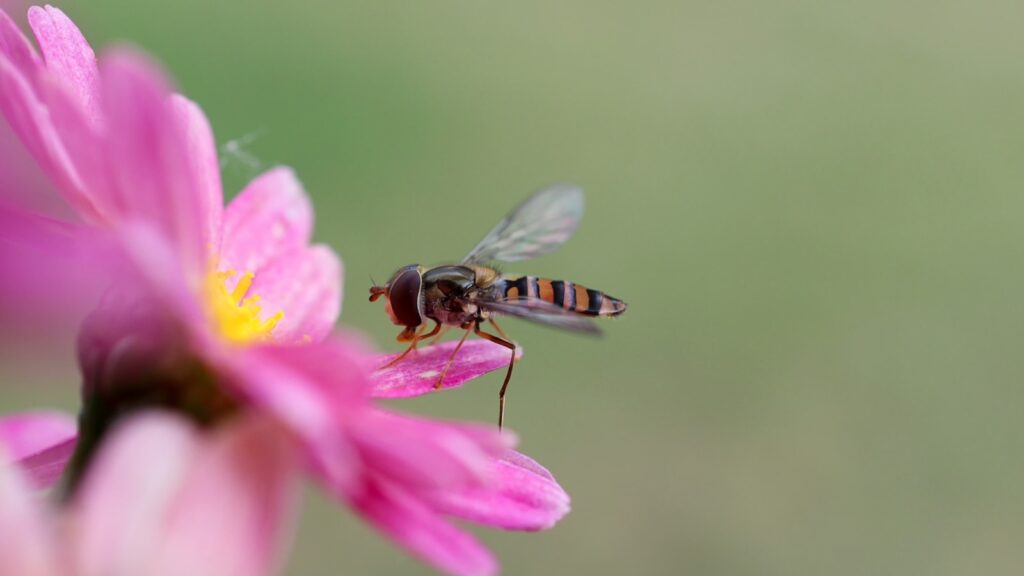
The cast of insect decomposers varies dramatically across different ecosystems, with climate, elevation, and habitat type all influencing which species dominate the decomposition process. In tropical rainforests, decomposition proceeds rapidly due to constant warmth and humidity, with specialized beetles and flies that may not be found in temperate regions playing key roles in breaking down carcasses. Desert ecosystems present unique challenges for decomposers, with the intense heat and dryness often leading to mummification rather than wet decomposition, favoring specialized beetles like dermestids that can process desiccated tissues. Aquatic environments host entirely different decomposer communities, with specialized aquatic insects like water beetles and certain fly larvae adapted to break down carcasses submerged in fresh water. Even urban environments have developed their own unique decomposer communities, often dominated by species that can tolerate human disturbance and pollution, demonstrating the adaptability of nature’s recycling system across diverse settings.
Forensic Entomology: Insects as Death Investigators
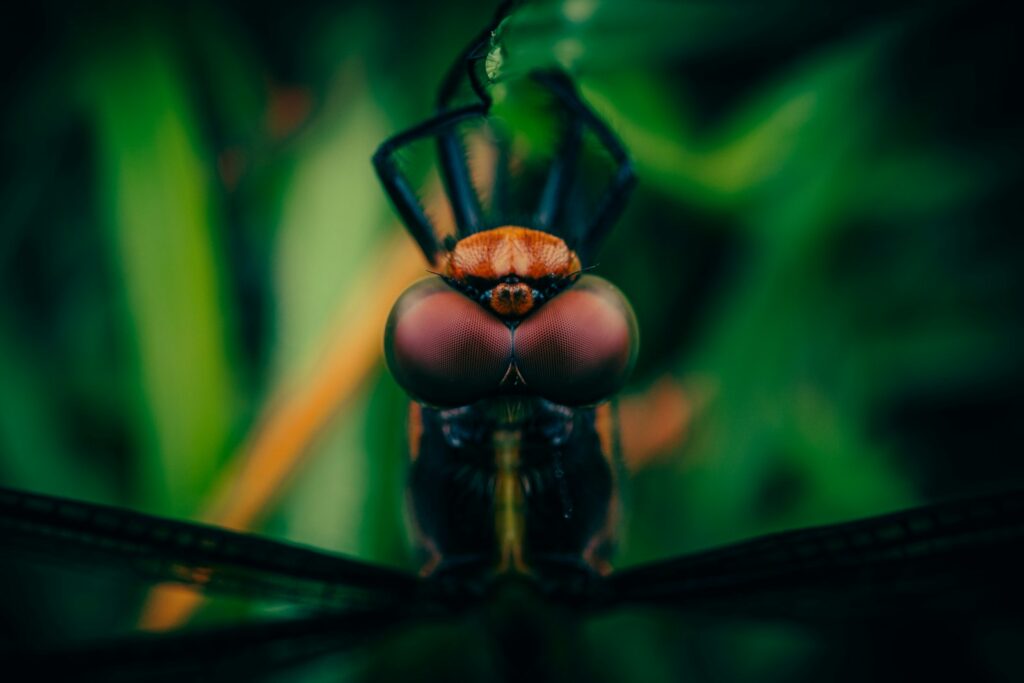
The predictable patterns of insect colonization on decomposing remains have become invaluable tools in criminal investigations, giving rise to the specialized field of forensic entomology. By identifying the species present, their life stages, and succession patterns on human remains, forensic entomologists can often determine the postmortem interval (time since death) with remarkable accuracy, sometimes providing crucial timeline evidence in homicide cases. Beyond timing, insects can reveal if a body has been moved after death, as the insect species present may not match those expected in the location where the body was discovered. In some cases, toxicological analysis of maggots has helped identify drugs or poisons in a body too decomposed for conventional toxicology testing, as these compounds concentrate in the feeding larvae. The science continues to advance, with recent research exploring how factors like clothing, burial, submersion in water, and even prescription medications affect insect colonization patterns, making these tiny decomposers increasingly valuable partners in modern forensic science.
Unique Adaptations of Carrion Insects

Insects that specialize in decomposition possess remarkable evolutionary adaptations that allow them to efficiently exploit ephemeral, highly competitive carrion resources. Many carrion flies have developed extraordinarily sensitive olfactory systems that can detect the volatile compounds released by dead tissues from distances of several kilometers, allowing them to locate fresh carcasses before competitors. Species like the carrion beetle (Nicrophorus) display complex parental care behaviors, burying small vertebrate carcasses to create protected food sources for their offspring while applying antimicrobial secretions that preserve the food and reduce competition from microbes and other insects. Some decomposer insects have evolved specialized mouthparts and digestive systems capable of processing tissues in advanced stages of decay that would be toxic to most other animals, including the ability to neutralize or metabolize compounds like cadaverine and putrescine. Perhaps most remarkably, certain carrion insects have developed mutualistic relationships with specific bacteria that help them digest complex proteins or produce antibiotics that suppress competing microorganisms on the carcass, creating a form of external immune system that protects their food resource.
The Underground Contribution: Soil Insects
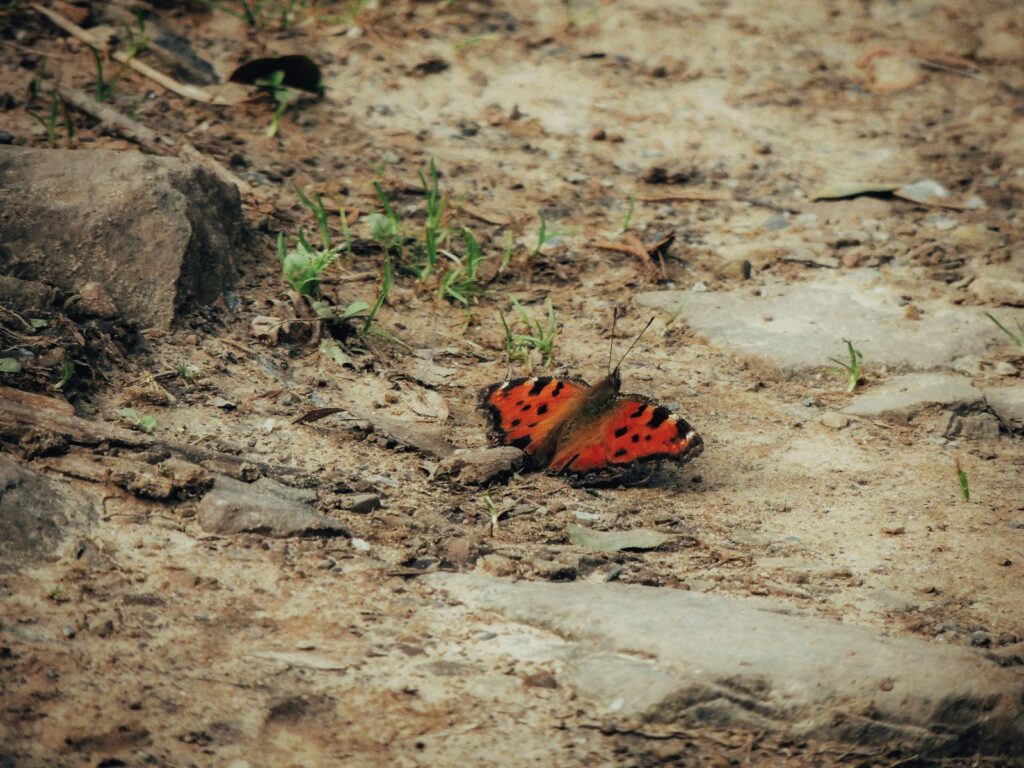
While the above-ground insect activity on carcasses often captures our attention, an equally important decomposition community operates beneath the remains, where soil-dwelling insects work to process fluids and tissues that seep into the ground. Springtails (Collembola) and soil mites arrive quickly to feed on the nutrient-rich decomposition fluids that percolate into the soil, breaking down complex organic compounds into simpler forms that can be utilized by plants. Various ground beetles and their larvae patrol the soil beneath carcasses, consuming smaller invertebrates and helping to aerate the enriched soil through their movement. As decomposition progresses, specialized soil-dwelling fly larvae and beetles process the remaining organic matter, continuing the breakdown long after the visible remains have been reduced to bones. This underground component of decomposition is crucial for completing the nutrient cycle, transforming the proteins, fats, and carbohydrates from the carcass into forms that can be incorporated into the soil ecosystem and eventually support new plant growth.
Factors Affecting Insect Decomposition Rates
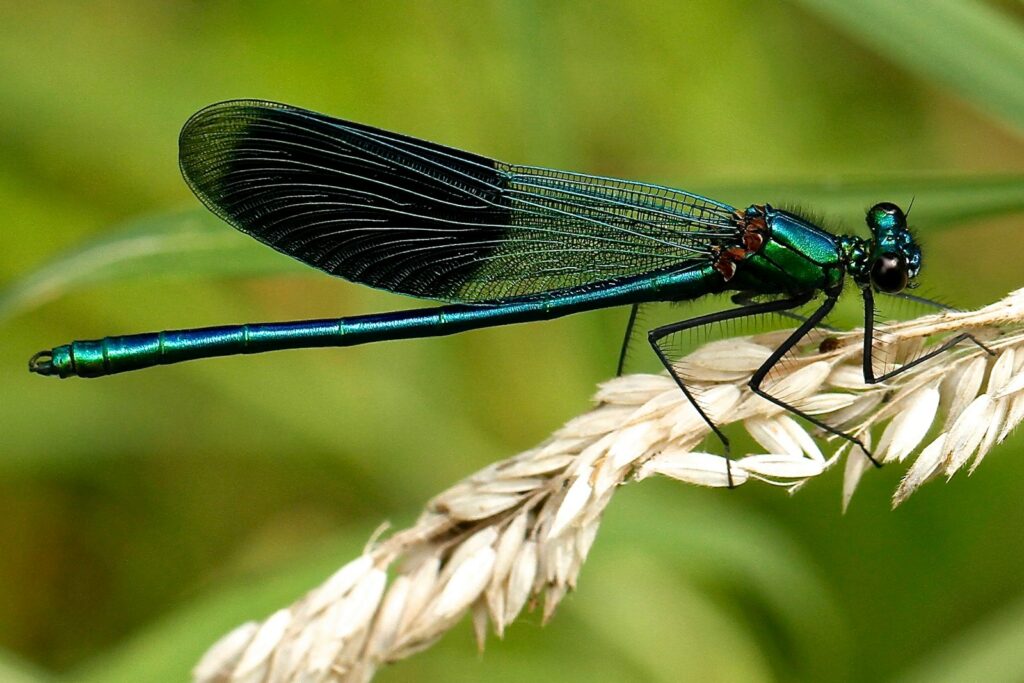
The efficiency of insect-driven decomposition varies dramatically depending on environmental and biological factors that can accelerate or impede the process. Temperature plays perhaps the most significant role, with decomposition proceeding rapidly in warm conditions that support insect activity and metabolic processes, while cold temperatures can dramatically slow or even temporarily halt decomposition by reducing insect activity or preventing colonization entirely. Humidity and rainfall influence the moisture content of the carcass, with moderate moisture levels supporting optimal decomposition while excessive dryness can lead to mummification or extreme wetness to adipocere formation (soap-like preservation of tissues), both of which resist insect processing. The accessibility of the carcass significantly impacts colonization patterns, with remains that are buried, wrapped, or otherwise protected showing delayed insect arrival and altered succession patterns compared to exposed remains. Additional factors like the size and species of the animal, cause of death, presence of toxins or medications in the tissues, and local insect diversity all contribute to the complex equation that determines decomposition timing and efficiency in any given situation.
Decomposition Without Insects: A Comparison
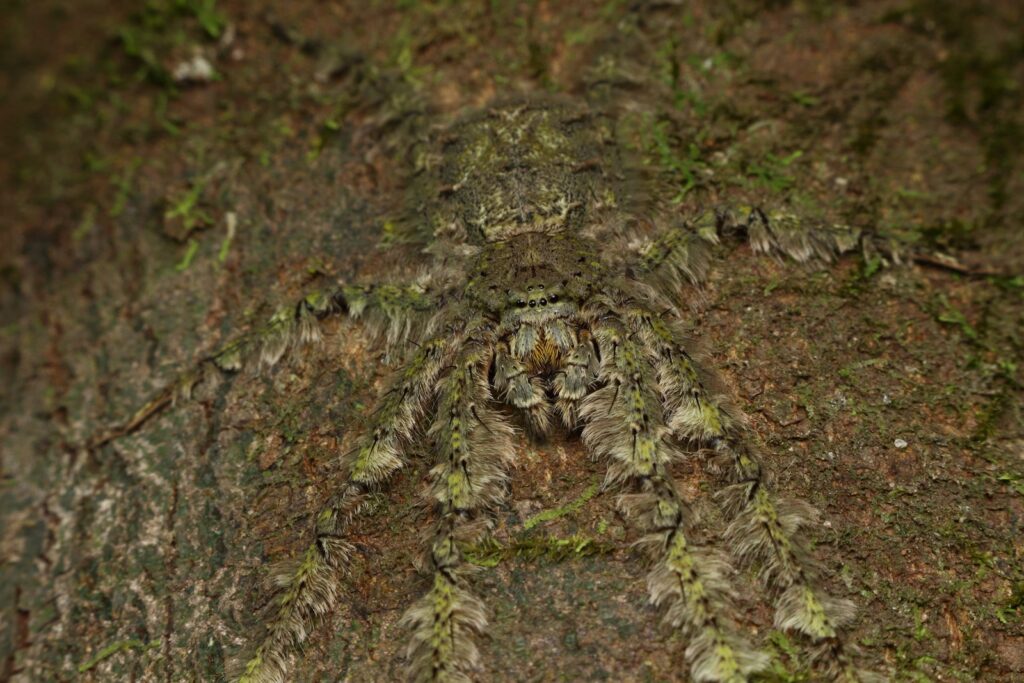
When insects are excluded from the decomposition process—whether through experimental design, extreme environments, or human intervention like embalming—the breakdown of animal remains proceeds along dramatically different pathways and timelines. Without insects, decomposition relies primarily on bacterial and fungal activity, which typically progresses much more slowly, potentially extending the process by weeks, months, or even years depending on environmental conditions. The visual appearance of insect-free decomposition differs significantly, lacking the rapid tissue removal seen with maggot activity and instead showing more gradual liquefaction, discoloration, and eventual desiccation of tissues. Nutrient cycling is also affected, as the efficient transfer of carcass biomass into the surrounding ecosystem through insect consumption, dispersal, and excretion is absent, resulting in more localized and gradual nutrient release. The ecological significance of this difference becomes apparent in situations where insect decomposers are absent or reduced, such as in heavily polluted environments, during certain seasons in extreme climates, or when human intervention prevents natural decomposition, highlighting the irreplaceable role these small invertebrates play in nature’s recycling system.
The Broader Ecological Impact of Carrion Insects

The influence of carrion-decomposing insects extends far beyond the immediate vicinity of a carcass, creating ripple effects throughout the broader ecosystem. As insect decomposers complete their life cycles on carcasses, they disperse into the surrounding environment, transporting nutrients derived from the carcass to new locations and serving as protein-rich food sources for birds, mammals, amphibians, and other insects. This nutrient dispersal creates “halos” of enhanced soil fertility and plant growth around decomposition sites, with studies showing measurably increased nitrogen and phosphorus levels in soils and improved plant productivity extending several meters from where carcasses were processed. The pulses of insect abundance around carcasses support complex food webs, with some species of birds and mammals having evolved to follow carrion insects rather than focusing on the carcasses themselves, recognizing that these small packages of concentrated protein offer an excellent nutritional return. Additionally, many carrion insects serve as pollinators during their adult stages, creating an unexpected link between decomposition processes and plant reproduction that highlights the interconnectedness of ecological systems.
Conclusion

The role of insects in breaking down animal carcasses represents one of nature’s most efficient and fascinating recycling systems. From the moment of death, a precisely choreographed sequence of insect arrivals begins—each species uniquely adapted to exploit specific aspects of the decomposition process. This remarkable system ensures that virtually no organic material goes to waste, as nutrients are rapidly recycled back into the ecosystem. Beyond their ecological importance, these decomposers provide invaluable services to human society, from forensic applications that help solve crimes to the broader ecosystem services of waste removal and nutrient cycling. As we continue to study these often-overlooked decomposers, we gain not only practical applications for their specialized abilities but also a deeper appreciation for the intricate balance of natural systems. In the grand cycle of life and death, insects stand as essential participants—the tiny recyclers that ensure that endings become beginnings, and that the nutrients of one life can sustain the next.

